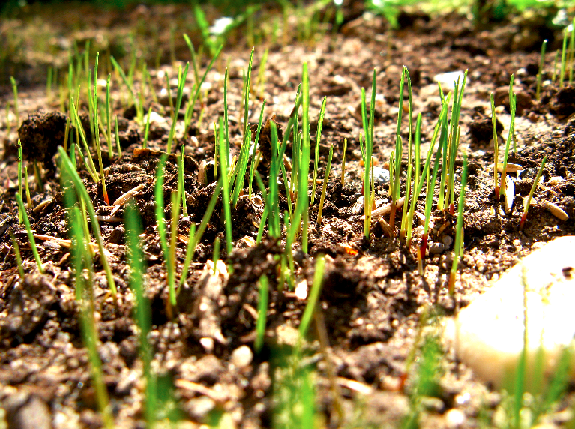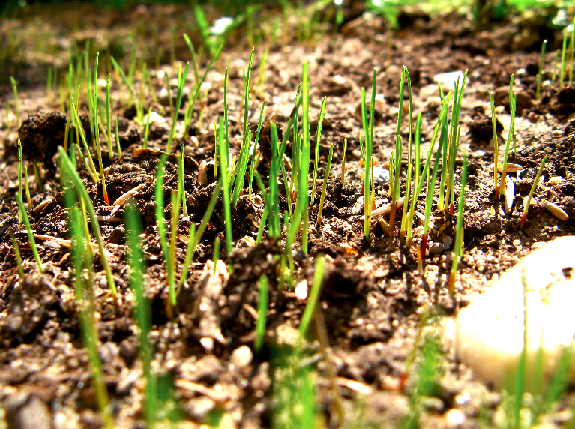
Ontario’s climate is unique in that winters can range from mild to harsh and summers can be cool and humid or arid with scorching temperatures, with everything in between. Because Canadians are so excited to get outside after a long winter, we can tend to overdo our spring lawn care and do too much too soon in the season. Here are some lawn care tips for the month of May.
Turf Diseases
If the spring has been cold and damp with late snow fall, the ground will still be fairly wet at the beginning of May and with wet ground can come mould or other diseases. To discourage growth of these grass-damaging pests, give the yard a light raking to break up thatch (build-up of plant matter which hasn’t broken down) which can hold water, and instead encourage the ground to dry more quickly and evenly.
Fertilizer
May is too early for a full application, but a light amount of fertilizer after raking will help to encourage the ground’s recovery after a particularly harsh winter. For a full fertilizer application, it’s best to wait until late spring – early June – after a soil test to see which type of fertilizer is needed to re-balance your lawn’s pH levels.
Irrigation
Depending on the weather of late winter, early spring irrigation may or may not be necessary. If it’s been like this winter, with cool temperatures and snowfall into April, your grass will wake later from its dormancy period so watering isn’t necessary until June. If it’s been dry and warm since March, chances are your lawn hasn’t been getting as much water as it needs. Your lawn should be getting approximately 2.5 cm of water per week. A well-watered lawn can also be a hindrance for insect damage.
Mowing
Some people are of the impression that cutting your grass as low as possible at the beginning of the spring is best, to allow the ground to dry, or for fertilizer to work best, but this is incorrect. Whenever your cut your lawn, it should be done at the highest possible setting. Removing more than one-third of the grass blade will cause damage, especially as the spring moves into summer.
Insects
May is the time for us to check for three Ontario lawn pests – grubs from the European Chafer, Japanese Beetle, or European Crane Fly (larvae are known as leatherjackets).
The chafer and beetle grubs are white and C-shaped and bury into the ground to feed on grass roots as they grow, which can kill the grass from underneath. The grubs are also a snack for racoons and skunks who dig up your lawn to reach the grubs. Apply nematodes to kill the grubs.
Adult crane flies look like large mosquitoes. You’ll probably notice them clinging to your outside walls or doors. Their greyish larvae, called leatherjackets, feed on grass and will chew it down to the ground. Adults will lay their eggs in moist soil in early spring, but heavy irrigation will force the leatherjackets to hard surfaces where they will either be eaten by birds or will dry out and die.
Interested in some of our other professional lawn services please click HERE, or to request a quote please click on the link below!






